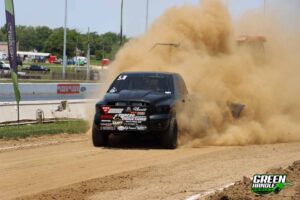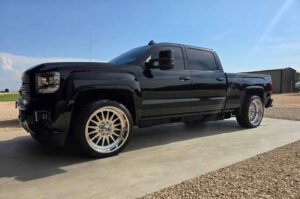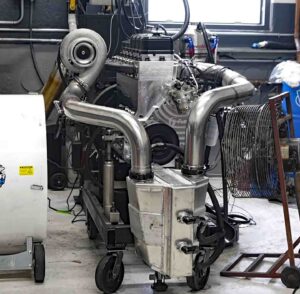HEADLINES: ODSS Returns To Bowling Green
Drag racing from Kentucky and Michigan, Ford continues to outsell GM, and diesel may always dominate the highways and the seas.

After four years away, the Outlaw Diesel Super Series has returned to its old stomping grounds: Beech Bend Raceway in Bowling Green, Kentucky. Over the weekend, Justin Zeigler claimed his third straight Pro Street win in addition to setting a new ODSS trap speed record for the class of 157 mph. In Pro Mod, Johnny Gilbert piloted the Stainless Diesel Corvette across the stripe first for yet another W. In 7.70 Index, Ryan Riddle cruised to the winner’s circle (making it back-to-back event wins now). In ET Bracket, the ever-consistent Nick Morris put on yet another clinic in earning his trophy. Other highlights included Austin Doidge taking the win in the diesel vs. gas shootout, and Dan Zelten owning the small tire shootout.
Drag Racing
A 4-second Dodge Invades Milan Dragway

Derek Rose stuck closer to home over the weekend, bringing his wild, 3,500 hp ride to Michigan’s Milan Dragway for some test hits. Following a few chassis adjustments, the plan was to get the third-gen’s 60-foots back into 1.15-second territory. At the same time, Rose made sure to sign up for the Run What Ya Brung class to give the locals a taste of what a lightning-quick diesel can do. The big blue Cummins didn’t win, but it did collect 4.56, 4.58, and 4.60-second timeslips before all was said and done. Under ideal conditions, many believe Rose’s iconic Dodge has 4.30s in it.
Hardway Goes Calibrating Down Under

“Have laptop, will travel” has long been a line Hardway Performance’s Ryan Milliken is comfortable with, and now he’s working his magic on a few potential record-breakers based in the land of Oz. These two Australian-based machines are proof that the Aussie’s like their diesels just as much as we do. The golden Ram houses a D&J Precision Machine Cummins equipped with a single GT55 and three kits of nitrous. The blue F body Camaro sports a Wagler-prepped Duramax with an 88mm Hart’s turbo, an air-to-water intercooler, and lots of S&S fueling. Milliken will be dialing in their respective MoTeC systems in an effort to wring every last drop of performance potential out of them.
OEM
Ford Continues As America’s Best-Selling Brand
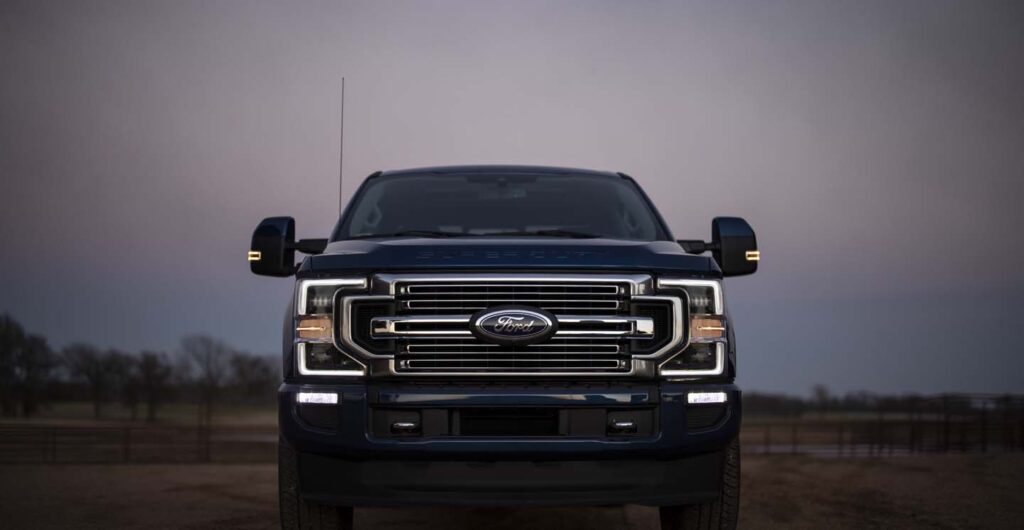
Fresh on the heels of its Q2 report, Ford Motor Company is flexing its sales muscles once again. Through the second quarter of 2023 the company reported its F-series sales were up 34-percent which—in addition to laying claim to America’s best-selling truck—includes an ever-widening lead over Chevrolet Silverado by more than 118,000 trucks. At the halfway point in 2023, Ford’s overall truck sales totaled 549,625, which is up 23.1-percent and outsold GM’s trucks and vans by approximately 61,000 units. Super Duty sales in particular were up 28.5-percent in quarter #2, thanks in part to a strong sales month in June where sales were up 28.9-percent.
Emissions
Diesels Still Account For 99.91 Percent Of America’s Trucking Fleet
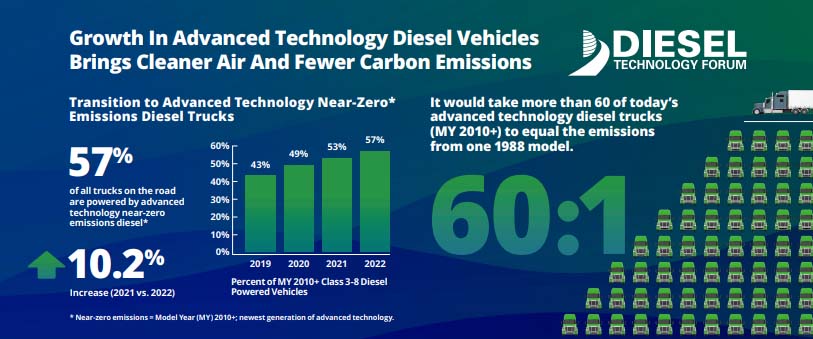
You read that correctly. While the EV onslaught continues in the North American passenger car market, diesel-powered trucks dominate the Class 3-8 landscape, according to Diesel Technology Forum. The not-for-profit organization also reports that 57-percent of all commercial diesels on the road today are of the “near-zero emissions” type—a percentage that was 10.2-percent higher in 2022 than it was in 2021. What classifies a diesel truck as a near-zero emissions model? Versions built after 2010 and that (in most cases) benefit from extensive PM, NOx and GHG emissions reductions thanks to emissions control systems like exhaust gas recirculation (EGR), diesel particulate filter (DPF), and selective catalytic reduction (SCR). In the Class 8 trucking sector alone, 95.4-percent of all trucks are using advanced diesel technology that would classify them as near-zero emissions engines.
CIMAC Congress: “There Are No Viable Powertrain Alternatives For High-Power ICEs”
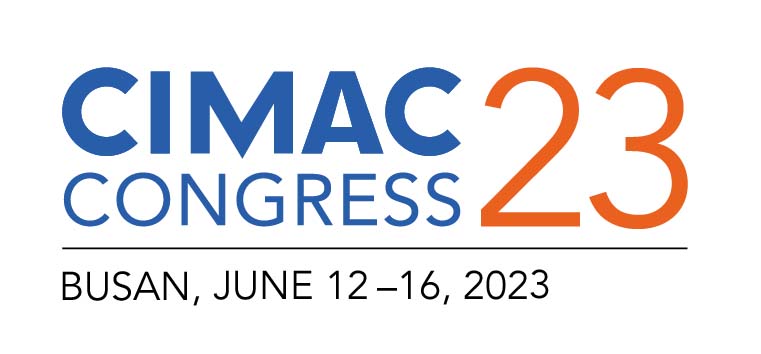
The CIMAC World Congress is a technical meeting held once every three years and covers internal combustion engine technology for ship propulsion, power generation, and rail traction. This year, the major theme was decarbonizing large internal combustion engines, which at the current time can really only be achieved through the use of E-fuels. Synthetic fuels, E-fuels are produced with renewable energy and are widely considered to be the key to future decarbonization. However, with E-fuels not being commercially available at present on a scale that would be viable for widespread use, many engine manufacturers have initiated programs that use ammonia or hydrogen as fuels.
Source: DieselNet

